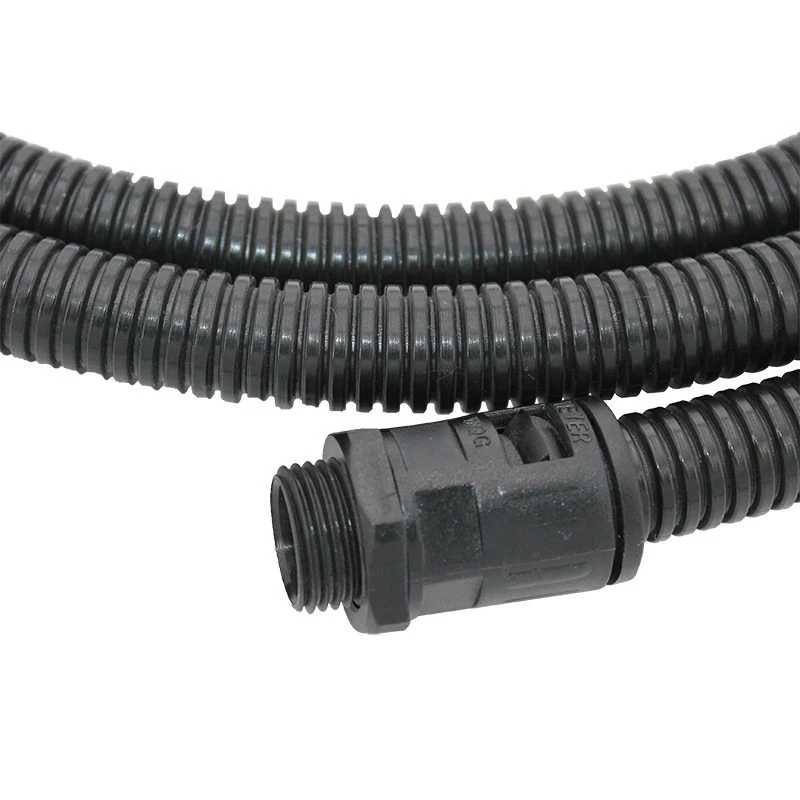Exploring the Dynamics of Linear Bellow Cover in Engineering Applications
Understanding the Concept of Linear Bellow Cover A Comprehensive Overview
In the realm of engineering and materials science, various mechanisms and devices are employed to enhance functionality and durability in different applications. One such critical component is the linear bellow cover, a protective element used to shield moving parts, particularly in machinery and automation systems. This article delves into the structure, purpose, and advantages of linear bellow covers.
What is a Linear Bellow Cover?
Linear bellow covers are flexible, tube-like structures typically made from materials such as rubber, plastics, or metal. They are designed to protect linear motion components like guideways, lead screws, and ball screws from contaminants like dust, chips, and coolant. The design of these bellow covers allows them to stretch and contract with the movement of the underlying components, making them an integral part of many mechanical assemblies.
Structure and Design
The linear bellow cover consists of a series of folds or pleats that enable it to expand and contract while maintaining a continuous protective barrier. The design can vary based on application requirements, including the length of the cover, the number of bellows, and the diameter of the covers. Some covers are reinforced with materials to improve durability, while others are tailored specifically for high-speed applications, where minimal resistance is needed.
One of the most notable features of linear bellow covers is their ability to compress and elongate without losing their protective properties. This makes them ideal for use in machinery that requires precision movement, such as CNC machines and robotic arms.
Purpose and Benefits
The primary purpose of linear bellow covers is to safeguard internal components from abrasive particles and environmental conditions that can lead to wear and tear. By preventing contamination, these covers significantly extend the lifespan of critical machinery parts.
linear bellow cover

Here are some key benefits of implementing linear bellow covers in mechanical systems
1. Protection from Contaminants Linear bellow covers act as a barrier against dust, dirt, and other particles that could hinder the function of sliding components.
2. Enhanced Durability By shielding internal components, bellow covers help to minimize the risk of damage stemming from external factors, prolonging the operational lifespan of machinery.
3. Reduced Maintenance Costs With decreased wear on components, organizations can reduce the frequency of maintenance checks and repairs, saving both time and resources.
4. Improved Aesthetics Besides functional benefits, linear bellow covers can also provide a neat and professional look to machinery, contributing positively to workplace aesthetics.
5. Versatile Applications These covers are used across various industries, including automotive, aerospace, and manufacturing, due to their adaptability to different settings and requirements.
Conclusion
In summary, linear bellow covers serve a critical role in modern machinery by providing essential protection to moving parts. Their innovative design allows for flexible movement while ensuring that contaminants are kept at bay. The advantages they offer, including increased durability, reduced maintenance costs, and enhanced aesthetics, make them indispensable in numerous industries.
As technology advances and machines become increasingly sophisticated, the importance of protective measures like linear bellow covers cannot be understated. Investing in quality bellow covers is a strategic decision that can lead to significant improvements in efficiency, reliability, and overall performance of mechanical systems.








